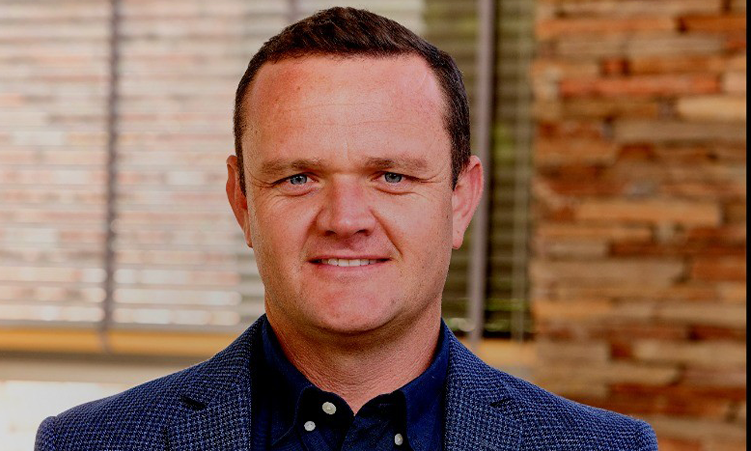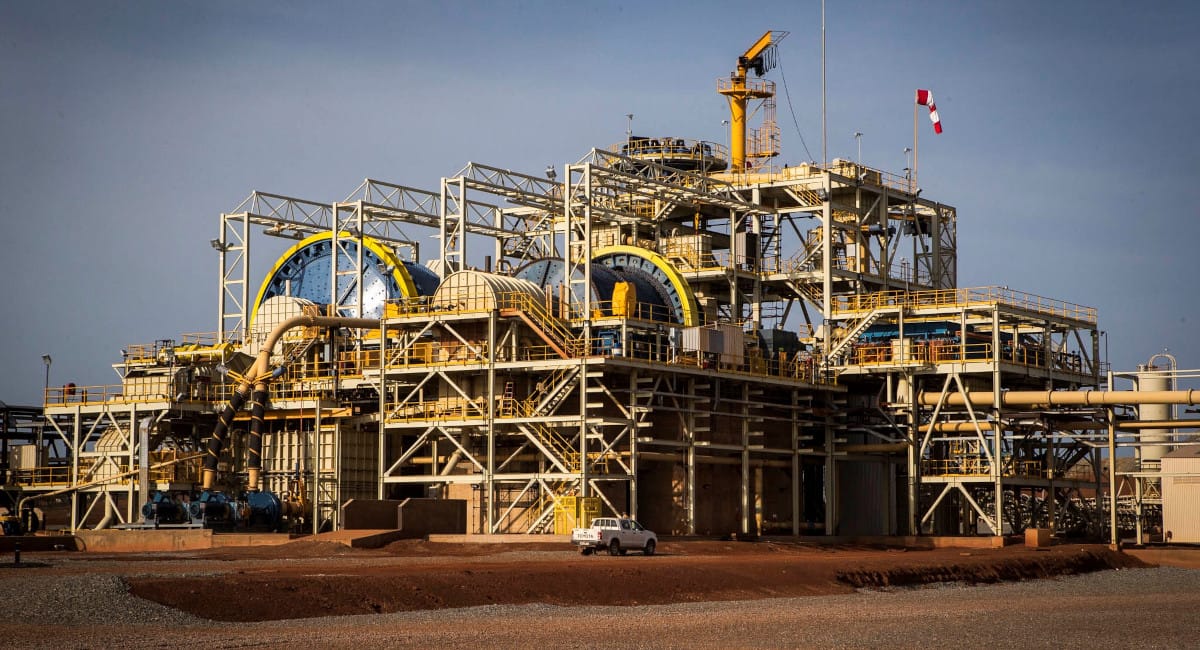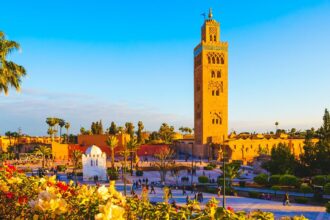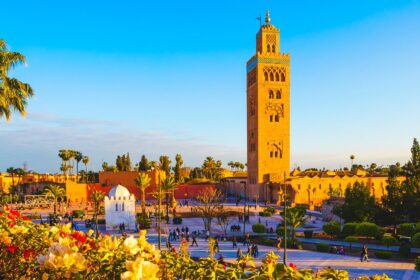At a Glance
- B2Gold sets a 2025 gold output target at up to 1.08 million ounces.
- Expansions in Mali and Namibia underscore Africa’s role in future gold supply.
- Company to showcase growth strategy at African Mining Week 2025 in Cape Town.
B2Gold Corp. is deepening its investment in Africa as it ramps up gold production in Mali and Namibia, setting 2025 guidance at between 970,000 and 1,075,000 ounces.
The Canadian company, which has steadily built its presence across the continent, is counting on these operations to anchor long-term growth and strengthen its global position in the bullion market.
Strategic bet on Africa’s reserves
At the core of B2Gold’s plan are two assets: the Fekola Complex in Mali and the Otjikoto Mine in Namibia. Both are undergoing expansions aimed at extending mine life and boosting annual output.
Company executives see these projects not just as operational upgrades but as strategic footholds in Africa, where gold demand remains strong and governments are increasingly open to partnerships with foreign investors.
The company intends to highlight its projects at African Mining Week 2025, scheduled for Oct. 1–3 in Cape Town. The gathering, a fixture for investors and executives in the sector, will feature discussions on the future of Africa’s gold economy and its role in the global supply chain.
John Roos, B2Gold Namibia’s country manager, is slated to speak on a panel titled Africa’s Gold Economy: Value, Processing and Global Market Positioning.
He is expected to share production targets and expansion updates while addressing how African miners can meet rising global demand for gold as a safe-haven asset.

Namibia’s Otjikoto Mine: Extending life and capacity
In Namibia, B2Gold’s Otjikoto Mine is projected to deliver between 185,000 and 205,000 ounces in 2025. To secure its future, the company approved development of the Antelope underground deposit, expected to add roughly 110,000 ounces annually once production begins.
B2Gold plans to invest about $105 million between 2026 and 2027 to support this expansion, a move that underscores Namibia’s increasing importance in Africa’s gold sector. The project is also expected to provide jobs and stimulate local suppliers, according to company officials.

Mali’s Fekola Complex: Africa’s production powerhouse
Mali remains B2Gold’s largest source of output. The Fekola Complex is forecast to produce 515,000 to 550,000 ounces in 2025, reinforcing its position as one of the most productive gold assets on the continent.
The miner is also advancing exploration at the Fekola Regional deposits, with a production permit targeted for late 2025 and first output expected by early 2026. Once operational, the expansion could add about 180,000 ounces annually in its first five years.
Mali’s government gave its approval in July 2025 for an underground facility at the Fekola Mine, clearing the way for deeper exploration and steadier long-term production. Work at the site has already started, representing another step in Africa’s drive to scale its mining capacity.
Spotlight on African mining week
The Cape Town conference will also draw representatives from the Chamber of Mines of Mali, South Africa’s Rand Refinery, and regional players such as Araina Resources, Ghana’s Typhoon, and Gold Fields.
The event will run alongside African Energy Week, attracting global investors looking at Africa’s minerals and energy opportunities.
For B2Gold, the message is direct: Africa is not a side project but a centerpiece of its growth strategy.
With output rising in Mali and Namibia, the company is positioning itself among the continent’s top producers at a time when investors worldwide are seeking exposure to gold’s resilience in uncertain markets.















